True crime documentaries are so ubiquitous that the subgenres now have subgenres. You’ll find countless serial killer stories, with various wrinkles to distinguish one from the next. And lately we’ve seen an influx of projects featuring citizen investigators sifting through their own family histories — Great Photo, Lovely Life, and Born in Synanon come to mind — in search of closure.
The Truth About Jim, the new Max Original docuseries from Investigation Discovery, is a sort of mashup of the above. It follows a young woman, Sierra Barter, seeking to understand and purge herself of her monstrous step-grandfather, a macho-man bully and accused rapist named Jim Mordecai. From all indications, Jim, who died of cancer, was an incredibly rotten human being, something to which his entire family, which includes multiple ex-wives and adult children and stepchildren, are quite willing to concede. But wait. Barter, herself a sexual assault survivor, suspects he may have also been a serial killer. Not just that. He could have been — wait for it — the Zodiac Killer, the notorious lunatic who terrorized Northern California, Mordecai’s stomping grounds, in the late Sixties. Maybe. Probably not. But coulda been.
Piles of conjecture sit atop the core of this four-part tale, which actually works quite well as an extended family reckoning with the damage wrought by one seductive, destructive individual. Mordecai, a former college football player who washed up as a high school agriculture teacher, allegedly preyed on teenage girls, including those whose mothers he married. He was a brutalizing, demeaning control freak. He was exceptionally bad news, a poison to all who lived in his orbit, and as Barter contacts older family members, including her own grandmother (married to Jim) and mother (who got away as quickly as possible), you can feel some of the catharsis setting in — the pained, communal relief of acknowledgement, and finally speaking about the unspeakable.
Mordecai also liked to say he was going to hogtie this person or that — remember, he was a sicko agriculture teacher — and this tidbit leads Barter, and the series, down a less certain path. Among the lost souls stalking Northern California in the Seventies was the still-unidentified Santa Rosa hitchhiker killer, who murdered and, yes, hogtied at least seven teenage girls in the green, rolling Wine Country town north of San Francisco, where Mordecai spent a lot of time. Barter digs up an impressive amount of circumstantial evidence linking Mordecai to the Santa Rosa murders, then ups the ante by going down an additional rabbit hole, wondering for a time (and far less convincingly) if the Santa Rosa killer and the Zodiac Killer were one and the same: Jim Mordecai.
Director Skye Borgman, who made the Netflix true crime mystery Girl in the Picture last year, essentially makes Barter the narrator of The Truth About Jim, and never suggests she is anything but reliable. This is certainly honorable. But the series never really delves into a subtext that lingers around the edges: obsession, and what it can do to the obsessed. Barter is cast as the noble truth-seeker, which is fair enough. But a more complicated and potentially richer portrait could have gotten inside her head and explored what it feels like to be someone who turns a wall into a crime corkboard and tracks down a Zodiac Killer expert in San Francisco. Dark obsession and serial killers, even suspected serial killers, go very well together (see David Fincher’s 2007 masterpiece Zodiac). The combination is rife with thematic possibility as obsession takes its toll. But here, Barter is never portrayed as anything but a strong, determined seeker — again, quite complimentary to the subject, but ultimately a little one-dimensional.
The Truth About Jim walks alongside Barter quite competently, but it never makes that turn into creative subjectivity. We’re left on the outside, craning our necks, trying to get closer.
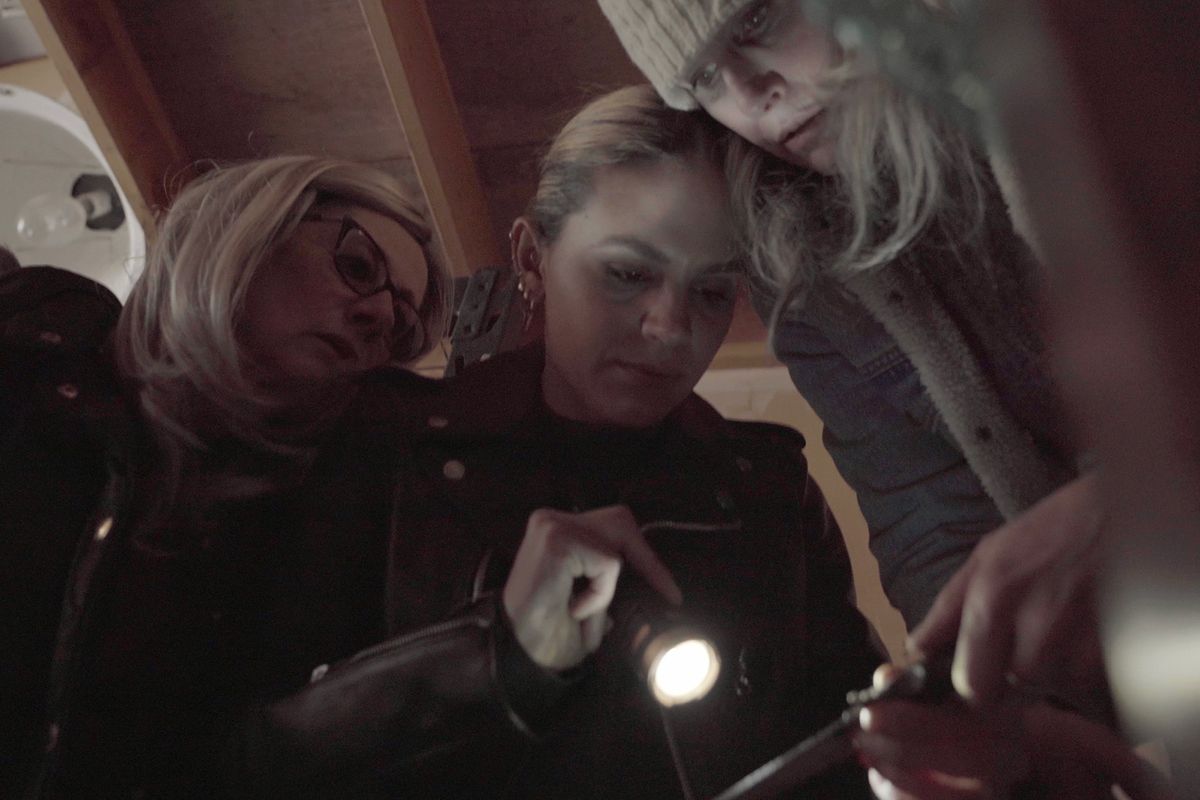





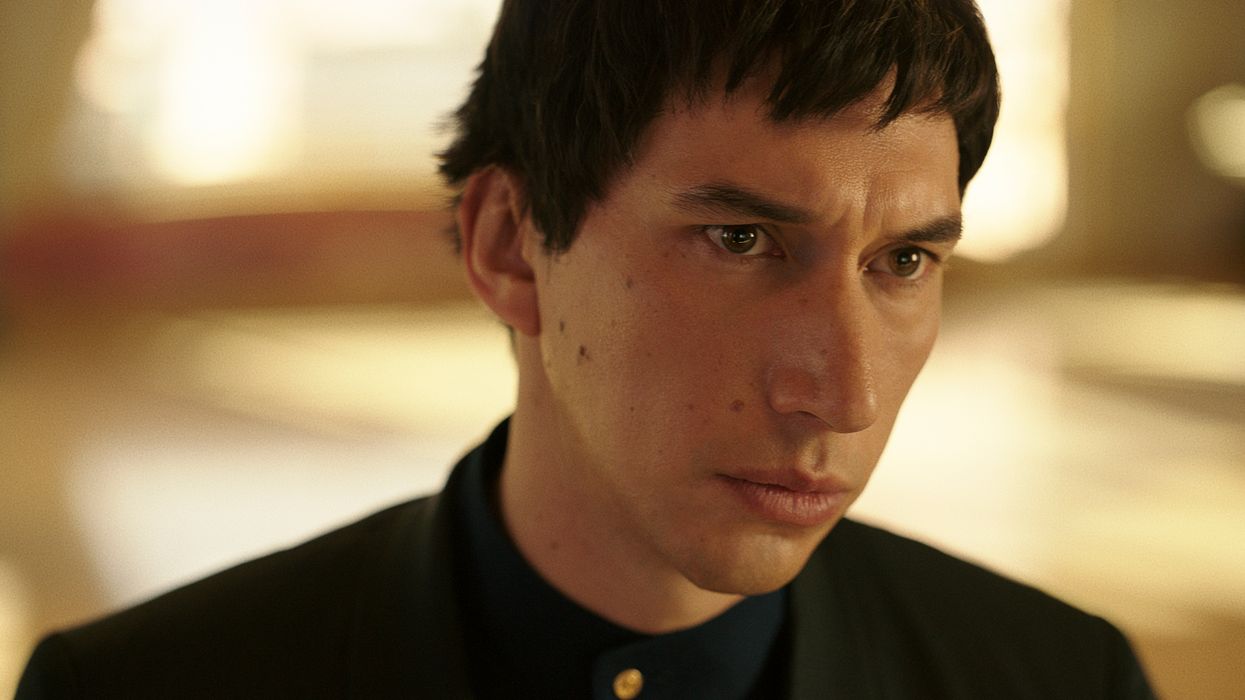

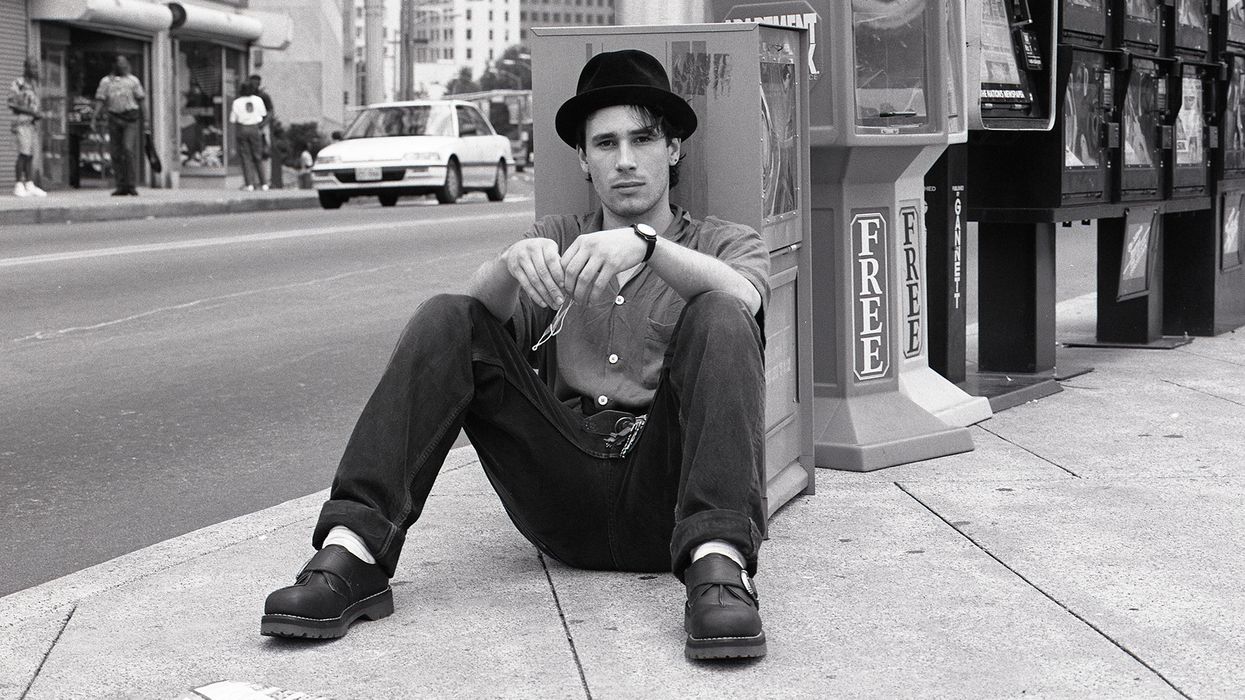

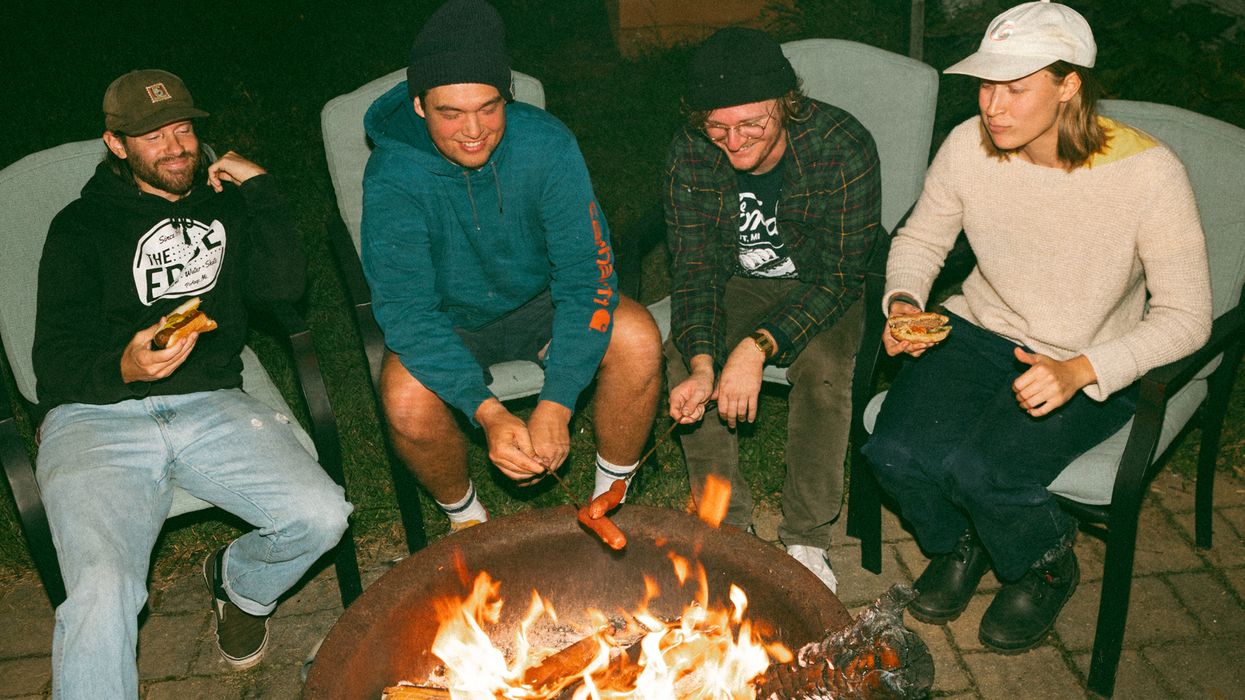

 Jean Jacket: Repull/Jewelry: Personal collection
Jean Jacket: Repull/Jewelry: Personal collection Hat: Xtinel/Dress shirt and vest: Raphael Viens/Jewelry: Personal Collection & So Stylé
Hat: Xtinel/Dress shirt and vest: Raphael Viens/Jewelry: Personal Collection & So Stylé  Dress: Helmer/Jewelry: Personal Collection
Dress: Helmer/Jewelry: Personal Collection 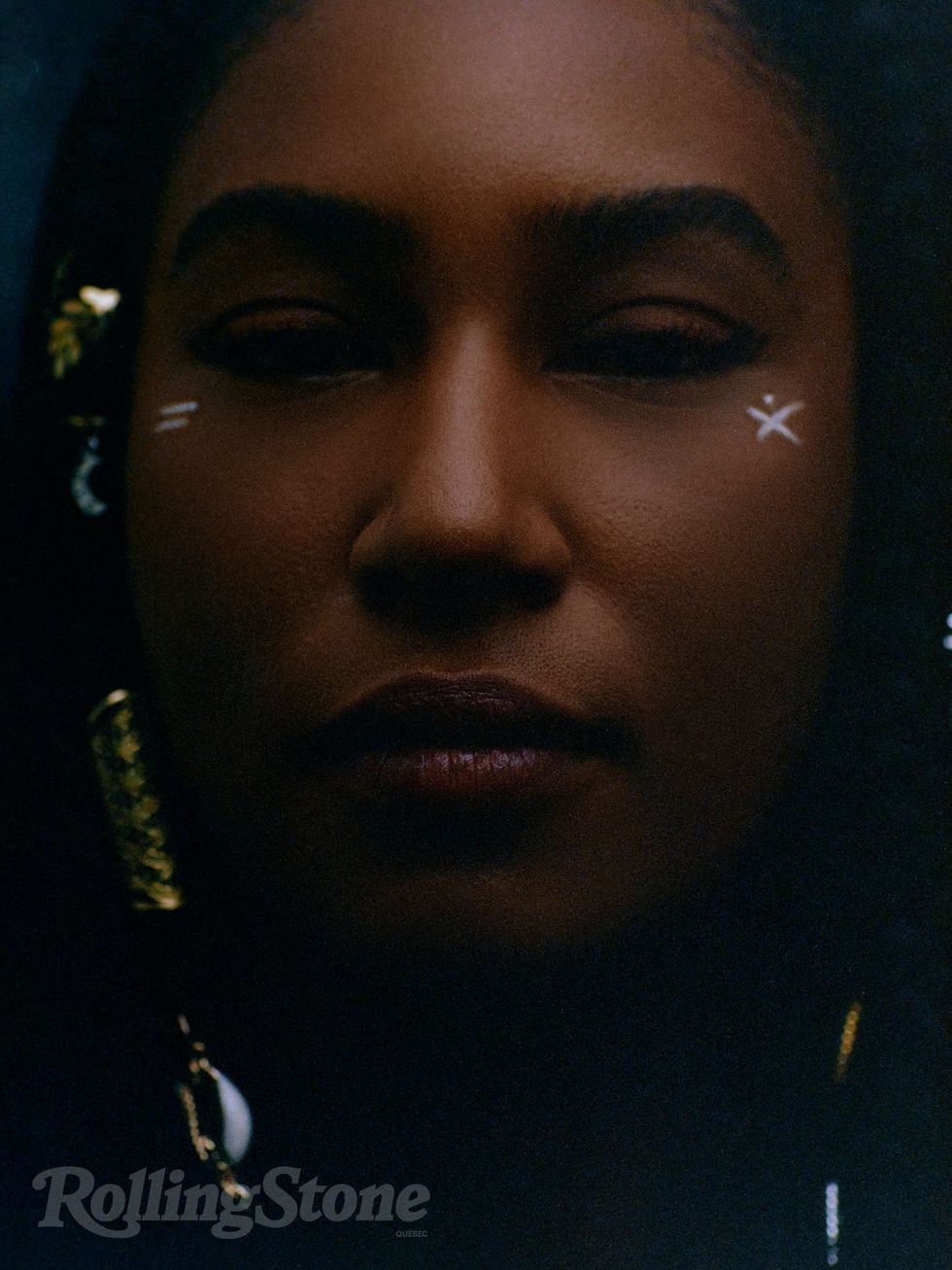 Jewelry: Personal Collection
Jewelry: Personal Collection  Dress: Helmer/Jewelry: Personal Collection
Dress: Helmer/Jewelry: Personal Collection 

 Catering Presented By The Food DudesPhoto by Snapdrg0n
Catering Presented By The Food DudesPhoto by Snapdrg0n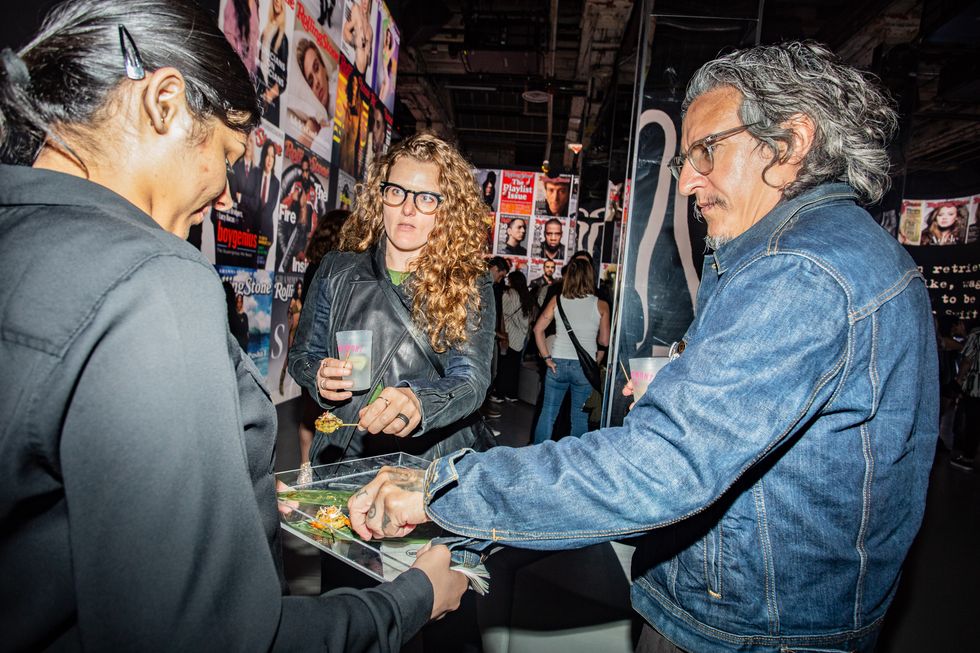 Catering Presented By The Food DudesPhoto by Snapdrg0n
Catering Presented By The Food DudesPhoto by Snapdrg0n Catering Presented By The Food DudesPhoto by Snapdrg0n
Catering Presented By The Food DudesPhoto by Snapdrg0n
 Photographer: Raphaëlle Sohier / Executive production: Elizabeth Crisante & Amanda Dorenberg / Design: Alex Filipas / Post-production: Bryan Egan/ Headpiece: Tristan Réhel
Photographer: Raphaëlle Sohier / Executive production: Elizabeth Crisante & Amanda Dorenberg / Design: Alex Filipas / Post-production: Bryan Egan/ Headpiece: Tristan Réhel Photo: Raphaëlle Sohier
Photo: Raphaëlle Sohier Photo: Raphaëlle Sohier/ Photo production: Bryan Egan/ Blazer:
Photo: Raphaëlle Sohier/ Photo production: Bryan Egan/ Blazer:  Photo: Raphaëlle Sohier/ Blazer: Vivienne Westwood/ Skirt :
Photo: Raphaëlle Sohier/ Blazer: Vivienne Westwood/ Skirt : 
